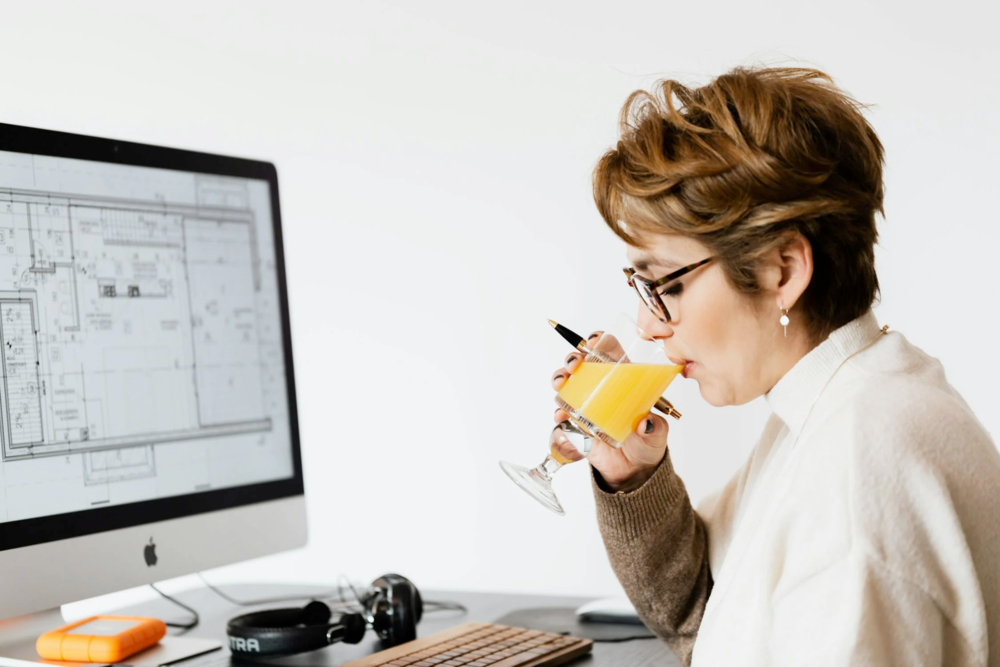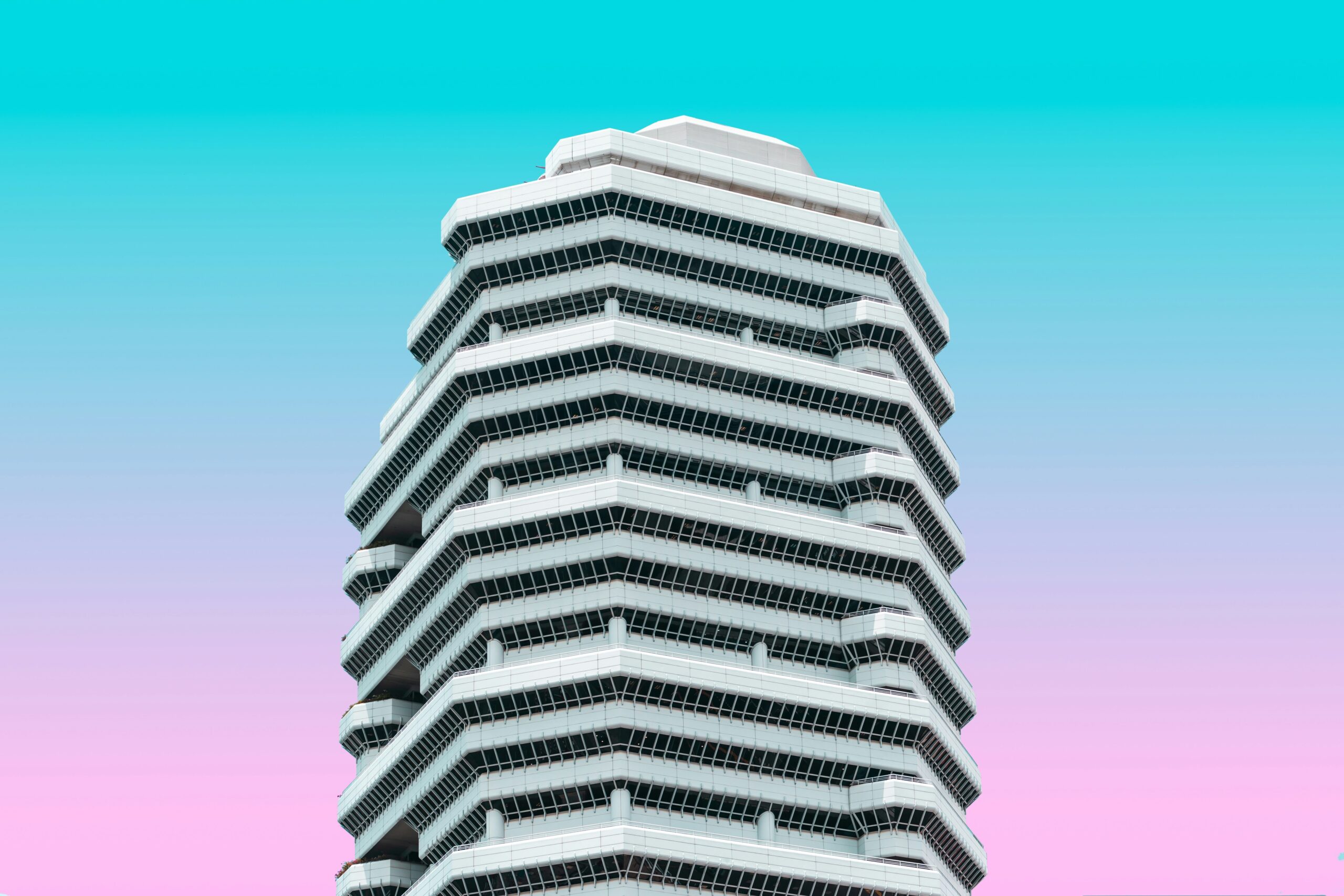- Home
- Articles
- Architectural Portfolio
- Architectral Presentation
- Inspirational Stories
- Architecture News
- Visualization
- BIM Industry
- Facade Design
- Parametric Design
- Career
- Landscape Architecture
- Construction
- Artificial Intelligence
- Sketching
- Design Softwares
- Diagrams
- Writing
- Architectural Tips
- Sustainability
- Courses
- Concept
- Technology
- History & Heritage
- Future of Architecture
- Guides & How-To
- Projects
- Interior Design
- Competitions
- Jobs
- Store
- Tools
- More
- Home
- Articles
- Architectural Portfolio
- Architectral Presentation
- Inspirational Stories
- Architecture News
- Visualization
- BIM Industry
- Facade Design
- Parametric Design
- Career
- Landscape Architecture
- Construction
- Artificial Intelligence
- Sketching
- Design Softwares
- Diagrams
- Writing
- Architectural Tips
- Sustainability
- Courses
- Concept
- Technology
- History & Heritage
- Future of Architecture
- Guides & How-To
- Projects
- Interior Design
- Competitions
- Jobs
- Store
- Tools
- More
AI In Architecture And The Role Of Digital Workers

The world of design is on the cusp of a revolution. AI is rapidly transforming how constructions are designed, constructed, and managed.
This new wave of technology promises to:
- Streamline workflows.
- Optimize designs.
- Generate creative concepts.
But alongside these exciting possibilities comes a question: what role will AI play in the workforce? Will AI replace architects, or will it become a powerful tool to augment their human capabilities?
This exploration dives into the fascinating intersection of AI and planning. It examines how AI impacts the industry and the potential emergence of a new breed of AI collaborators.
Table of Contents
ToggleUnderstanding the Integration of AI in Architecture
AI is making its mark on planning in a multitude of ways. Here’s a breakdown of its key integrations:
- Imagine a Super-Assistant for Creators. AI can analyze much information about construction, the environment, and people’s needs. Then, it creates different designs that fit those needs. It helps creators explore more ideas and find the best solutions quickly.
- Creating like a Champ. AI can predict how a construction will function in different situations. It helps design constructions that use less energy, are comfortable, and are strong.
- AI Helper. AI in architecture can check plans for mistakes or ways to save on materials. It can also suggest how to make constructions easier to construct and fix.
- Design just for You. AI can design homes and offices that work perfectly for those who use them. Imagine a house that adjusts lights, temperature, or furniture based on your needs!
- Robots are Here to Help! AI can control robots that can do dangerous or repetitive construction jobs. These robots can lay bricks, weld things together, or even 3D print parts of constructions! It makes construction faster and safer.
- See It Before It’s Built. Fancy VR tools use AI to create realistic experiences of constructions before they’re constructed. It lets you navigate the space, find problems early on, and design better.
- Learning from Experience. AI can learn from massive amounts of data on how constructions function, what people think of them, and how they affect the environment. It will help creators keep getting better at designing constructions in the future.
These are just some of the ways AI is being integrated into planning. Technology continues to evolve. So, we can expect even more innovative applications. Those will reshape our built environment’s design, construction, and management.

Human Vs. Machine: Can AI Replace Architects?
While AI offers impressive capabilities, the future of planning isn’t a robot takeover. Here’s why human creators will remain irreplaceable:
- Creativity and Vision. AI thrives on data and algorithms. However, planning is also about artistic expression and visionary thinking. Creators translate ideas and needs into spaces that evoke emotions, inspire, and reflect our culture. This level of creativity and vision remains a uniquely human strength.
- User Experience. Great engineering goes beyond functionality. It considers the emotional and social needs of users. Creators have the empathy to design spaces that foster interaction, community, and well-being – qualities that are difficult to replicate with AI alone.
- Site Specificity and Context. A successful design considers the unique context of a construction. It includes its site, history, surroundings, and cultural significance. AI can analyze data. However, creators have the intuition and experience to weave these elements into a cohesive design. So, consider this when thinking of “Will AI replace architects?”
- Ethical Considerations and Social Impact. Engineering shapes our communities and influences social behavior. Creators have the ethical responsibility to consider the broader impact of their designs. AI can’t replace the human ability to make value judgments and ensure projects serve the greater good.
- Client Communication and Collaboration. The client relationship is built on trust and knowing the client’s vision. AI can generate options. However, creators excel at translating client needs into tangible concepts and managing client expectations.
The Digital Workforce In Architecture: Leveraging The Power Of Digital Workers
Here’s how creators can leverage their capabilities:
- Brainstorming Buddy. Stuck on design ideas? AI can generate many options based on your project details and your client’s wants. It frees you up to focus on the cool stuff, like picking the best ideas and adding your creative touch.
- Data Detective. AI can crunch massive amounts of information on materials, energy use, and construction methods. It lets you make choices based on facts. So, your designs are sustainable, affordable, and work really well.
- Paperwork Powerhouse. Forget tedious documents, code checks, and schedules! The digital workforce can handle those for you. It frees up your time for the fun parts. It’s like designing amazing constructions and talking to your clients.
- Virtual Tours in a Flash. AI can create super realistic 3D walk-throughs of your designs using virtual reality. It lets your client and other important people explore the construction before it’s even built and make decisions quickly.
- AI Whisperer. Even after construction, AI can keep an eye on things. It can track how much energy the construction uses, how comfortable people are inside, and if everything is structurally sound. This feedback helps you learn and make even better constructions in the future!
The digital worker isn’t to replace creators but to become an extension of their capabilities. It allows them to:
- Focus on High-Value Tasks. Creators can dedicate more time to conceptualization, client interaction, and creative problem-solving. It’s due to task robotization.
- Increase Design Efficiency. A digital workforce can speed up the design process. It can explore more options and optimize solutions in less time.
- Deliver More Sustainable Designs. Data-driven insights from AI workers can lead to more energy-efficient, environmentally friendly constructions.
- Expand Service Offerings. With the help of AI workers, creators can offer more comprehensive services. It includes post-construction performance monitoring and feedback.
The AI workforce represents an exciting new frontier in engineering. Embrace these AI collaborators. Then, you can unlock greater creativity, efficiency, and sustainability in the design process.

Embracing The Opportunities Presented By AI In Architectural Design
Here’s how architecture and AI can supercharge the work:
- More Ideas, Faster. AI can brainstorm tons of design options. They consider everything from the location to the environment and the purpose of construction. It allows creators to explore possibilities they might not have thought of before.
- Designs Made for You. AI can consider a person’s needs and preferences to create constructions that work for them. Think offices designed to make people work better or schools with customized spaces.
- Saving the Planet, One Construction at a Time. AI can analyze environmental data. It can predict how much energy a construction will use based on different designs. This lets creators make choices that are good for the environment and reduce waste.
- Constructing Strong, Constructing Smart. You can see how a construction will hold up and react to different conditions using AI and architecture. It helps to choose the right materials and designs. It’s to create strong structures that use less material.
- Constructions that Learn and Improve. After a construction is built, AI can track how it’s doing. It can look at things like energy use, how comfortable people are inside, and if anything needs fixing. This information helps creators design even better constructions in the future.
- Making Constructions Accessible to Everyone. Digital workers can analyze data on people’s abilities and needs. It helps creators design constructions that everyone can use easily. It creates a more inclusive world.
- Bringing Ideas to Life. With AI, creators can create 3D models that people can explore virtually. It allows clients to see the design ideas and give feedback right away. It makes communication and teamwork much smoother.
- Speed Up the Design Process. AI can manage difficult, repetitive jobs and evaluate design alternatives in real time. It allows authors to spend more time exploring new ideas and quickly finding the best solutions.
Creators can unlock a new era of creativity, efficiency, and sustainability. AI can transform design from a reactive process to a proactive one.
illustrarch is your daily dose of architecture. Leading community designed for all lovers of illustration and #drawing.
Submit your architectural projects
Follow these steps for submission your project. Submission FormLatest Posts
Best AI Tools for Architects: Make Architectural Design Easier
Artificial Intelligence is reshaping architecture. Discover the best AI tools that help...
Revolutionizing Spaces: AI in Architecture of the Future
Discover how artificial intelligence is reshaping the future of architecture in this...
Transforming AI in Architectural Design: Boosting Creativity and Efficiency for the Future
Discover how artificial intelligence is revolutionizing architectural design in our latest article....
Unlock Fast Professional Image Creation with AI Sound Effects
Designers have struggled with the time and effort it takes to create...












Leave a comment